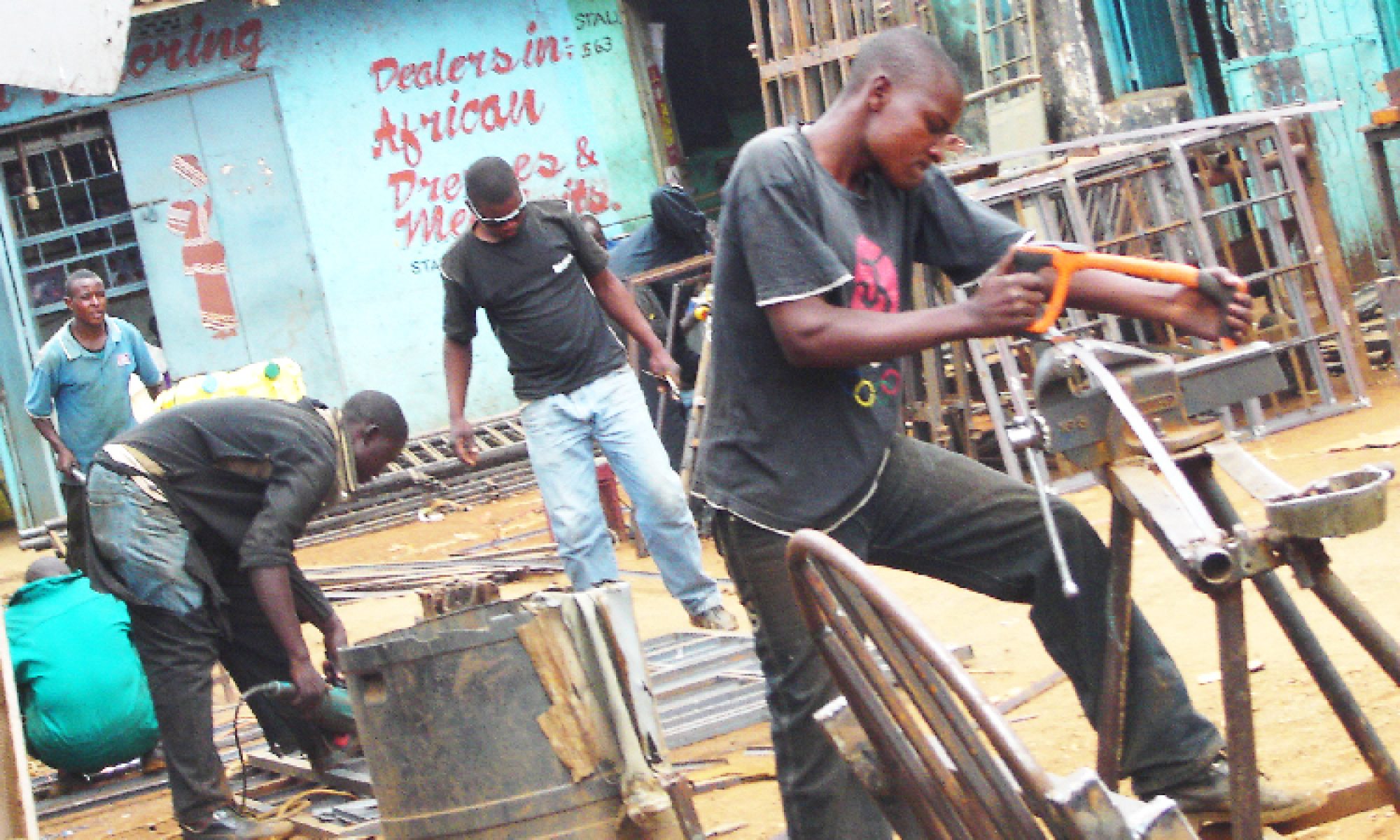At age 1, fathers reported on their own involvement with their children via a series of 5 items. Fathers were asked how often during a typical week they participated in activities with their children such as “Play games like “peek-a-boo” or “gotcha” with [child],” “Put [child] to bed,” and “Hug or show physical affection to [child];” responses for all items ranged from 0–7 days per week. These five items had a Cronbach’s alpha in the present sample of .90, and a measurement model tested in SEM showed good fit to the data (? 2 = , p < .05; CFI = .99; RMSEA = .066), with all items loading onto the latent factor with values greater than .6.
Father-kid relationship top quality
Children responded to five items asking “Does your dad talk over important decisions with you?”, “Does your dad listen to your side of an argument?”, and “How close to you feel to your dad?” Responses could range from 0 (Never/Not very close) to 3 (Always/Extremely close). Responses were coded such that higher values represented better father-child relationships. Cronbach’s alpha for the current sample was .90, and a measurement model tested in SEM showed good fit to the data, ? 2 (5) = , p < .05; CFI = .99; RMSEA = .077, with all items loading onto the latent factor with values greater than .6.
Father citizen condition
Father resident updates throughout the years was utilized since the a beneficial moderator and is reviewed in 2 means (checked-out inside separate patterns). First, i determined good dummy coded varying that shown whether dads was consistently nonresident and never got lived along with their son (0), otherwise stated residing with regards to child at some point inside kid’s very first nine decades (Beginning, ages step 1, many years step three, age 5, or decades 9). Second, we computed three classes symbolizing fathers who were continuously citizen on every swells (2), who were citizen for at least once area although not all time things (1), or who were consistently nonresident across the the surf (3).
Analyses
Analyses was basically conducted playing with architectural formula acting inside AMOS 20 and you will missing studies were estimated via FIML. Study primarily was basically forgotten in the event that a father was not utilized in a specific wave of data collection. In the Wave step 1 (birth), 2,402 fathers had been questioned (81%) at child ages 1 year, dos,207 fathers have been interviewed (74%); of the 2,207 dads questioned at the ages one year, 151 (5%) had not been questioned within delivery. Only guy studies were used within age 9, and you will household have been just included in https://datingranking.net/tr/muzmatch-inceleme/ the expose studies when the its college students was in fact interviewed from the ages 9. Regardless of the a bit large levels of missing investigation, we decided to tend to be these types of users and you may guess shed studies as an alternative than remove its inclusion in the studies totally on account of missingness within among around three surf, instance given the higher-high quality quotes delivered having fun with FIML.
A design are estimated one to relevant fathers’ experience of the new PGF throughout the childhood along with his reference to the latest PGF within ages step one, both PGF parameters that have fathers’ connections to their particular children at many years step 1, and all of three parameters with kid’s statement of dad-guy relationship quality at the years nine, while controlling to have dad age, degree, race/ethnicity, and you will family earnings (look for Shape step 1 ). Two groups of multi-category analyses up coming was indeed used in SEM to evaluate if or not designs forecasting dad-son dating quality was in fact similar to own continuously resident, continuously nonresident, and often citizen fathers. Model fit try assessed playing with chi-rectangular, CFI, and you may RMSEA thinking; improvement in design fit for multi-classification analyses are analyzed having fun with change in chi-square philosophy.

